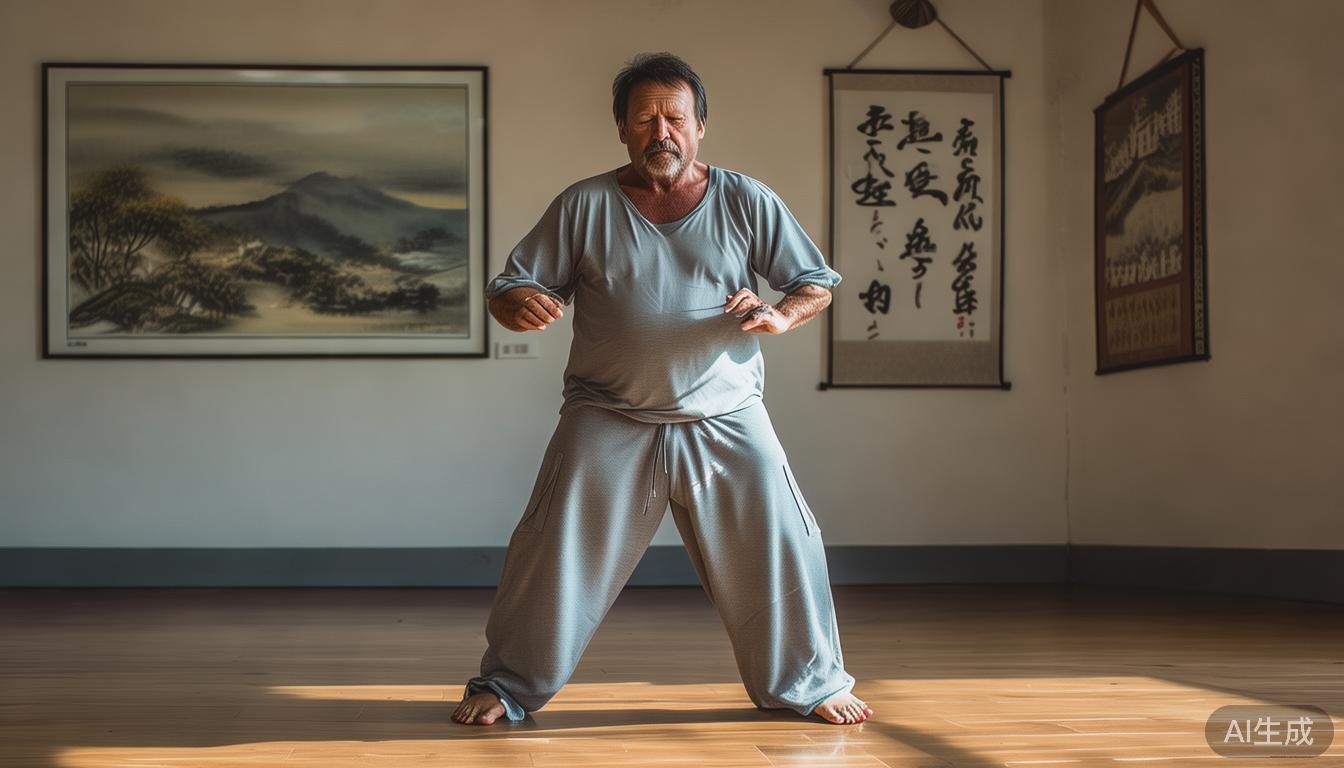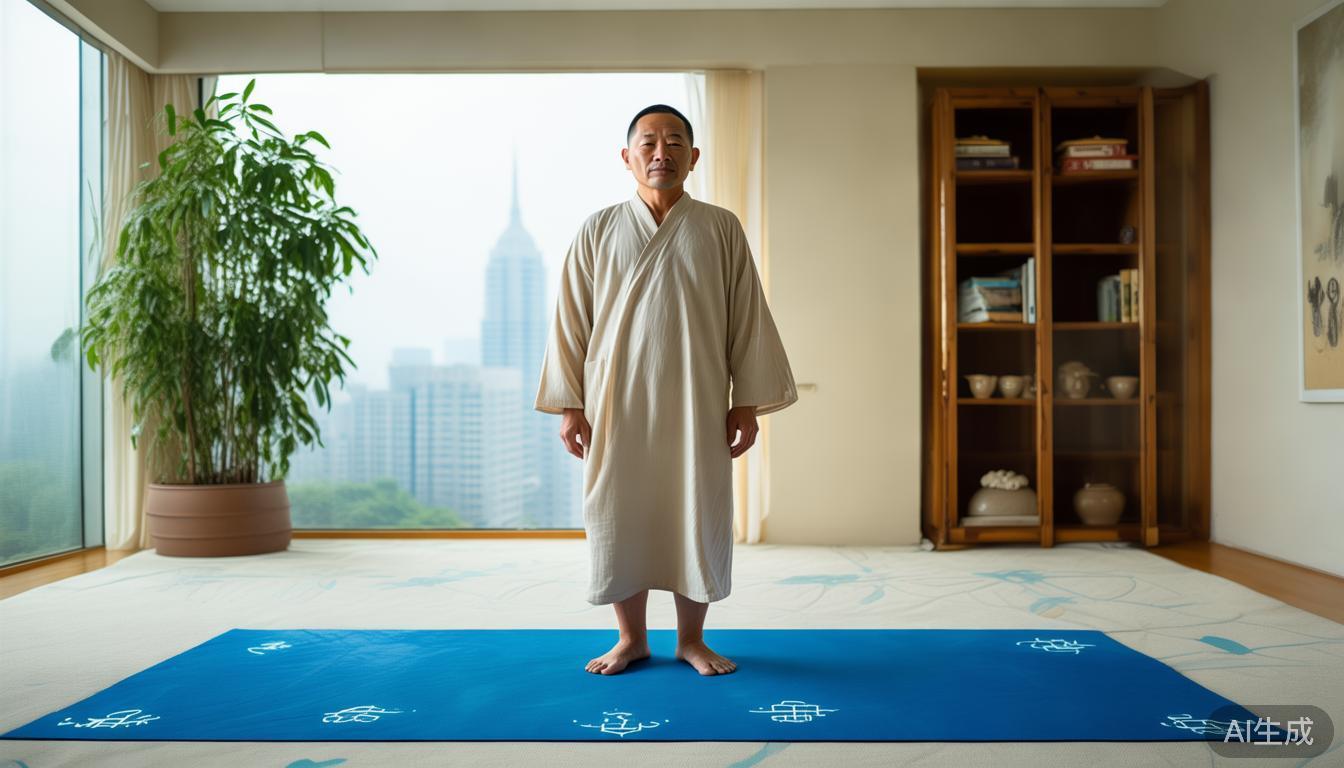From the perspective of actual practice, we will share common problems and coping methods at several key stages. Eighteen-posture Tai Chi Qigong is a traditional health-preserving exercise. It combines Tai Chi stretching movements and Qigong breathing methods. It uses soft and coherent body movements combined with deep breathing to achieve the effect of dredging the meridians and balancing the body and mind. Long-term practice can not only improve the flexibility of the limbs, but also regulate the flow of qi and blood. It can significantly alleviate problems such as stiff shoulders and necks and mental anxiety that often occur in modern people.
How to adjust the breathing rhythm in 18-position Tai Chi Qigong
When you first start learning, it is most likely that your breathing and movements will be disconnected from each other. Many people will subconsciously hold their breath, or their breathing will become shallow and rapid, which will cause dizziness or shortness of breath. The correct way is to inhale slowly through the nose when starting to rise, and at the same time use your mind to lead the airflow to sink to the Dantian; then when you press your arms downwards, or when you turn around, you should exhale slightly through your mouth and nose to ensure that the length of your breath can match the amplitude of the movement. It is recommended that you practice "rising" alone at the beginning – The breathing cycle formed by "closing the posture" can be combined with the footwork after you are proficient in it, so as to avoid the trouble of indigestion when you want to do more.

How to improve shoulder and neck problems with 18-position Tai Chi Qigong
It is necessary to focus on practicing horizontal expansion movements such as "Cloud Hand" and "Single Whip", which are aimed at stiff shoulders and necks caused by sitting at the desk for a long time. When practicing, you should imagine that the shoulder blades are stretching to both sides like wings, and the sinking of the elbows will cause the clavicle to relax. I once met a programmer student, Tai Chi Courses Online , who after practicing shi ba shi taiji qigong for three months, the range of motion of his cervical spine was significantly expanded, and the frequency of headache attacks was reduced. The key is to keep the arc of the movement complete and avoid shrugging the shoulders and stiffening the elbows in pursuit of range.
How to choose the practice time and environment for 18-position Tai Chi Qigong

Practicing outdoors in the early morning with good air circulation is the easiest way to stimulate yang energy, but modern people are more suitable to use fragmented time; practicing a simplified version in the living room before going to bed is also effective. The key is to create a focused atmosphere, that is, turn off electronic devices, lay down non-slip mats, and wear loose clothes. On rainy days, you can practice indoors facing the window and keep your eyes and thoughts coordinated by gazing at the trees in the distance. The trainee once insisted on practicing Zhanzhuang while waiting on the subway platform, and his blood pressure stabilized during a physical examination six months later.
During your practice, have you ever encountered a situation where it was difficult to coordinate your breathing with your movements? You are warmly welcome to share your own experience in dealing with this situation in the comment area. If you think this article is helpful, then please like it to support it and share it with more people who need it.


